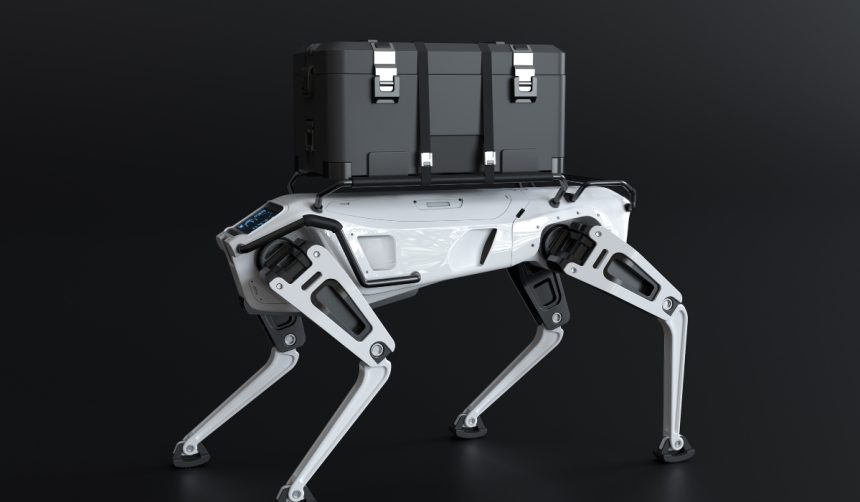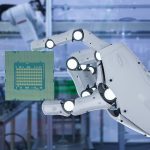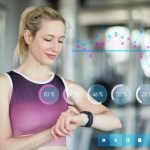As society grapples with an aging population, researchers at MIT are working on innovative robotic solutions to support seniors in their daily lives. The Elderly Bodily Assistance Robot, known as E-BAR, emerges as a response to increasing demands in eldercare. This autonomous bot is designed to aid seniors in maintaining their independence, offering stability and safeguarding against falls, which are a leading cause of injury for older adults. As the need for effective eldercare solutions grows, MIT’s efforts herald a promising direction in supportive robotics.
When looking at previous robotic innovations in eldercare, past developments focused on stationary support systems or wearable solutions. However, E-BAR differs by providing a non-intrusive, mobile solution that adapts to the user’s movements. Earlier technologies often required physical restraints or cumbersome equipment, which seniors were reluctant to use. MIT’s strategy avoids such deterrents, offering a more attractive option for preserving autonomy while addressing eldercare challenges.
What are the features of E-BAR?
The E-BAR robot stands out with its robust and flexible structure, featuring inflatable airbags and a U-shaped frame to accommodate users comfortably. Weighing 220 pounds, the bot is engineered not to tip over, with wheels that enable movement in multiple directions. This design ensures immediate support and balance for elderly individuals, assisting them in tasks like sitting and standing without reliance on wearable devices or harnesses.
How does E-BAR assist the elderly?
E-BAR remains ready to provide support throughout different activities. Its arms can catch a person in the event of a fall by deploying side airbags, ensuring safety without causing harm. During lab tests, individuals using E-BAR could achieve physical tasks that often pose balance challenges, such as picking items from the floor or navigating obstacles like bathtub edges, further highlighting its practical benefits.
What is the future direction for E-BAR?
Currently controlled remotely, E-BAR is set for advancements where automation will play a key role. The goal is for the robot to assist users independently, enhancing their quality of life without requiring direct control. Future enhancements also include the addition of fall-prediction capabilities through machine learning algorithms, further strengthening its preventative measures against accidents.
Looking ahead, the integration of advanced technologies like E-BAR holds significant implications for eldercare. By developing adaptable robotic aides, researchers aim to reduce the burden on caregivers while allowing seniors to retain their independence at home. Such initiatives reflect a broader trend in robotics, emphasizing improved quality of life over traditional support systems that often restrict individual freedom. E-BAR’s ongoing development and testing will likely inform future designs of elderly care robots, promising a pathway where robotics seamlessly fit into daily human life.










